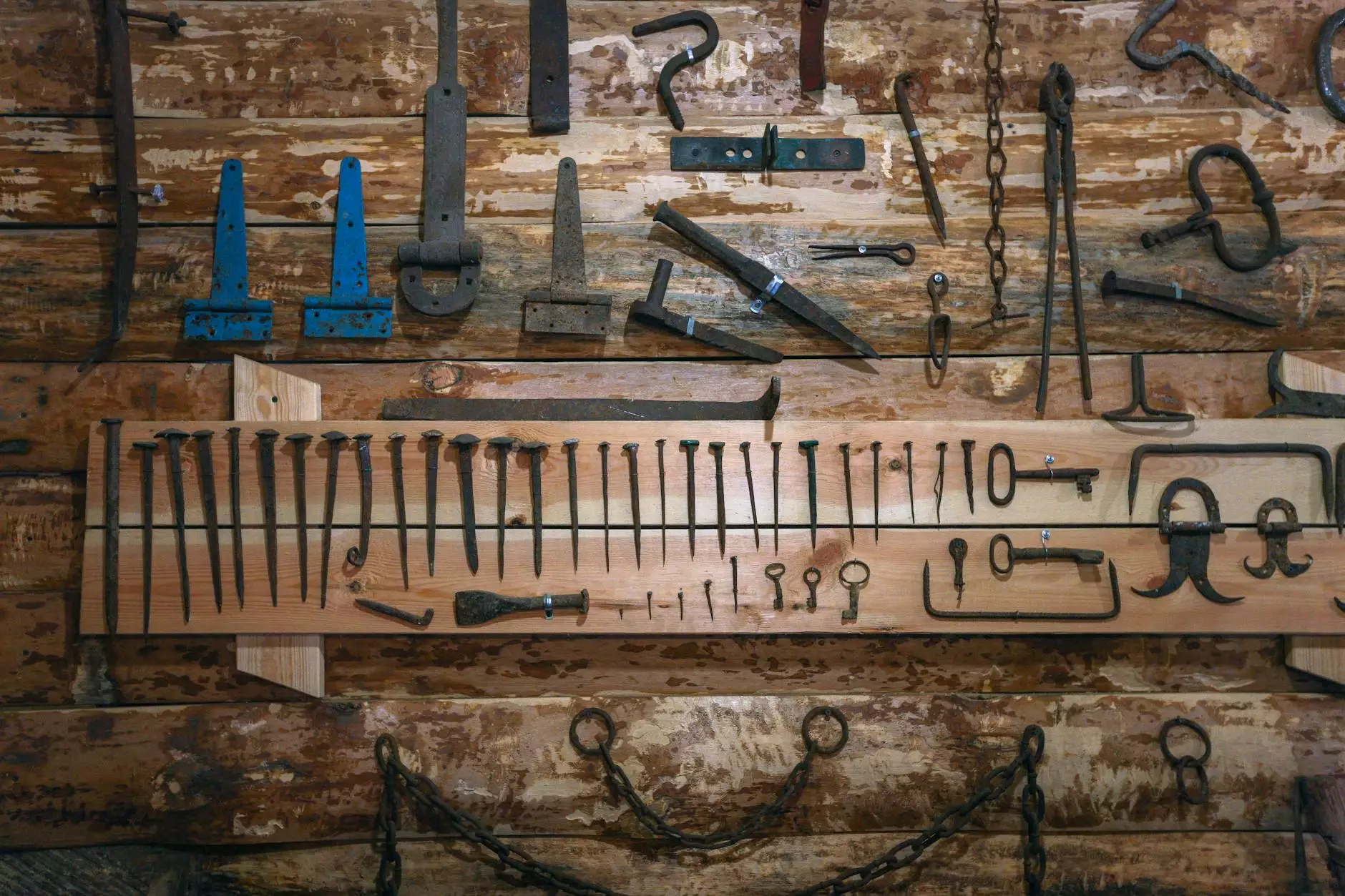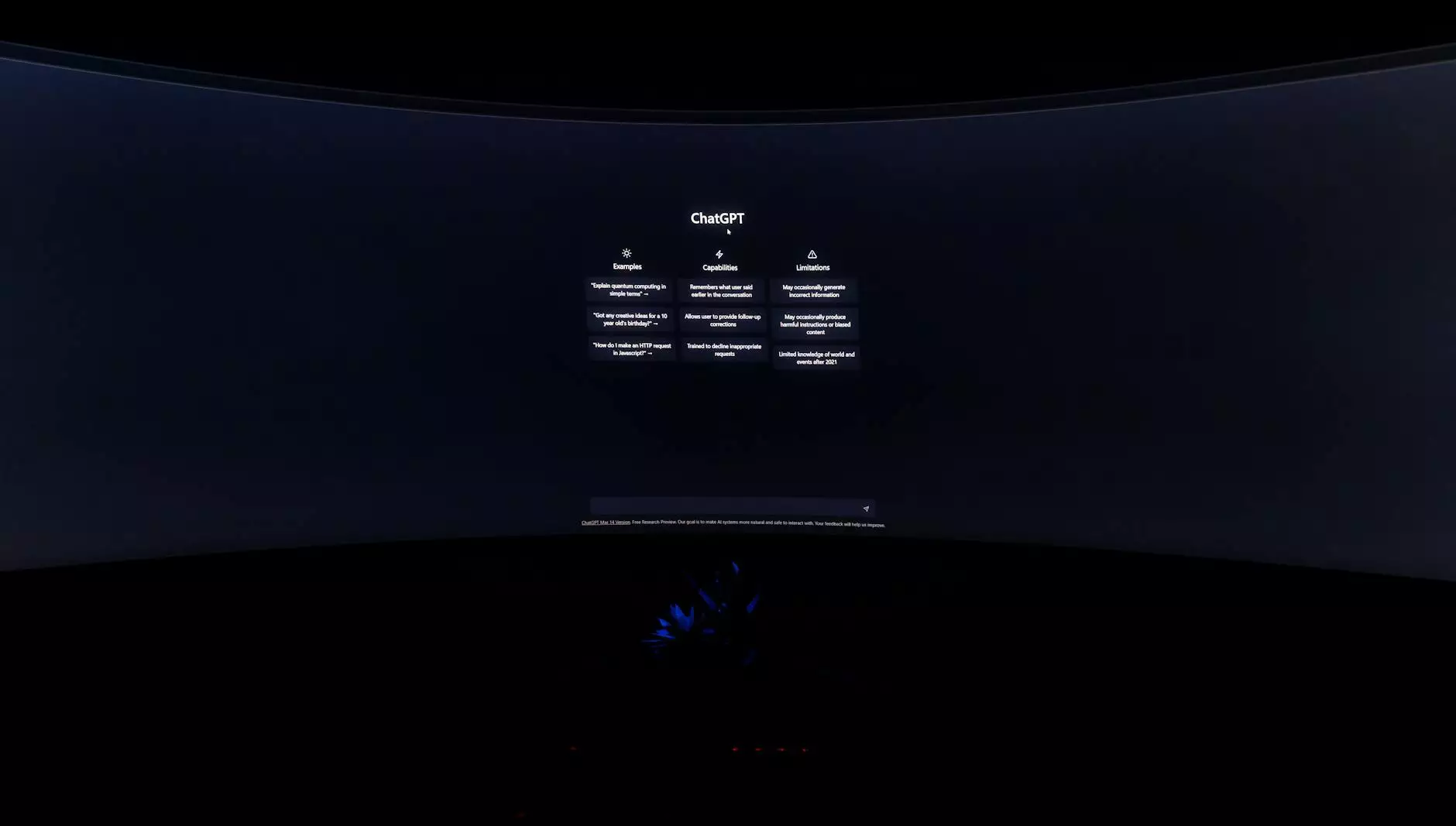Understanding JIC Swivel Fittings: A Comprehensive Guide

JIC swivel fittings, or Joint Industry Council swivel fittings, have become essential components in fluid transfer systems across different industries, including automotive, manufacturing, and beyond. Their reliable performance and robust design make them a fundamental choice for engineers and technicians who require dependable connections.
What Are JIC Swivel Fittings?
JIC swivel fittings are a type of hydraulic fitting characterized by a 37-degree tapered seating surface. This design allows the fitting to create a leak-proof seal while enabling rotation during installation and maintenance. Their swivel capability ensures that the hydraulic hose or tube can be easily aligned and routed without twisting or damaging the hoses, which is critical in high-pressure systems.
Key Features of JIC Swivel Fittings
Understanding the features of JIC swivel fittings is crucial for anyone working with hydraulic systems. Here are some key characteristics:
- Durability: Made from high-quality materials such as steel or stainless steel, JIC fittings are resistant to corrosion and can withstand harsh environments.
- Versatility: Compatible with various hydraulic fluids, JIC fittings can be used in different applications, from mobile machinery to stationary equipment.
- Ease of Installation: The swivel design allows for easy alignment and installation, reducing the risk of kinking and damage to the hoses.
- Pressure Ratings: JIC fittings are designed to handle high-pressure applications, making them suitable for demanding environments.
Applications of JIC Swivel Fittings
JIC swivel fittings are utilized in a myriad of applications, showcasing their adaptability across various industries:
- Hydraulic Systems: Commonly used in hydraulic fluid transfer, they ensure efficient operation of hydraulic pumps, cylinders, and motors.
- Automotive Industry: Essential for connecting fuel and hydraulic lines, these fittings play a vital role in vehicle performance and safety.
- Manufacturing Equipment: Used in construction and agricultural machinery, JIC fittings are pivotal for operational efficiency and reliability.
- Aerospace: Their ability to maintain integrity under pressure makes them suitable for aircraft hydraulic systems.
Benefits of Using JIC Swivel Fittings
Choosing JIC swivel fittings for your systems offers numerous advantages:
- Leak Prevention: The 37-degree sealing surface ensures a strong, leak-proof connection, vital for high-pressure applications.
- Reduced Installation Time: The ability to swivel reduces the possibility of misalignment, allowing for quicker installations.
- Space Efficiency: The swivel fittings can be connected at angles without needing extra line lengths, saving valuable space in limited areas.
- Long Service Life: Their durability guarantees long-term performance, reducing the frequency of replacements.
Choosing the Right JIC Swivel Fittings
When selecting the appropriate JIC swivel fittings, consider the following factors:
- Size and Compatibility: Ensure the fitting size matches the hoses or tubes you are using. JIC fittings come in various sizes, typically measured in fractions of an inch.
- Material: Choose a material suitable for your application. For instance, stainless steel is excellent for corrosive environments, while carbon steel is suitable for general applications.
- Pressure Rating: Select fittings that can withstand the maximum pressure your system will face. Consider peak performance conditions to ensure safety.
- End Configuration: JIC fittings are available in various end configurations, including straight, elbow, and tee. Choose based on your system's layout needs.
Installation Guidelines for JIC Swivel Fittings
Proper installation of JIC swivel fittings is critical for optimal performance. Follow these guidelines for the best results:
- Preparation: Ensure that all components are clean and free from debris, which can compromise the seal.
- Align the Fittings: Before tightening, align the fittings to ensure smooth operation and prevent stress on the hoses.
- Tighten Securely: Use an appropriate wrench to tighten the fittings. Avoid over-tightening, as this can damage the fitting and joint.
- Check for Leaks: After installation, pressurize the system and inspect all joints for leaks. Address any issues immediately.
Maintenance Tips for JIC Swivel Fittings
To ensure longevity and reliability, regular maintenance of JIC swivel fittings is essential. Here are some maintenance tips:
- Regular Inspections: Routinely check fittings for signs of wear, corrosion, or damage.
- Fluid Compatibility: Use hydraulic fluids compatible with the materials of your fittings to prevent degradation.
- Cleansing: Clean the fittings and surrounding areas regularly to avoid buildup of dirt and debris.
- Replace Damaged Fittings: If a fitting is found to be damaged, replace it immediately to prevent failures in the system.
Conclusion: The Importance of JIC Swivel Fittings in Modern Industry
In conclusion, JIC swivel fittings play a vital role in ensuring efficient and effective fluid transfer across a wide range of industries. Their unique design, robust construction, and versatility make them an excellent choice for professionals seeking reliable connections. By understanding their features and applications, as well as adhering to proper installation and maintenance practices, businesses can leverage the benefits of JIC swivel fittings to optimize their hydraulic systems.
For more information on high-quality industrial fittings, visit fitsch.cn and explore our extensive range of fittings for sale.









